Adjustable Spanners
Adjustable Spanners are the quintessential tool for any toolkit, known for their versatility and adaptability. These spanners feature an adjustable jaw, allowing them to fit a range of nut and bolt sizes. Ideal for plumbing, automotive work, and general repairs, Adjustable Spanners save you the hassle of carrying multiple tools. Our range includes various sizes and styles, each promising durability and ease of use. Discover the convenience and efficiency of Adjustable Spanners in our extensive collection.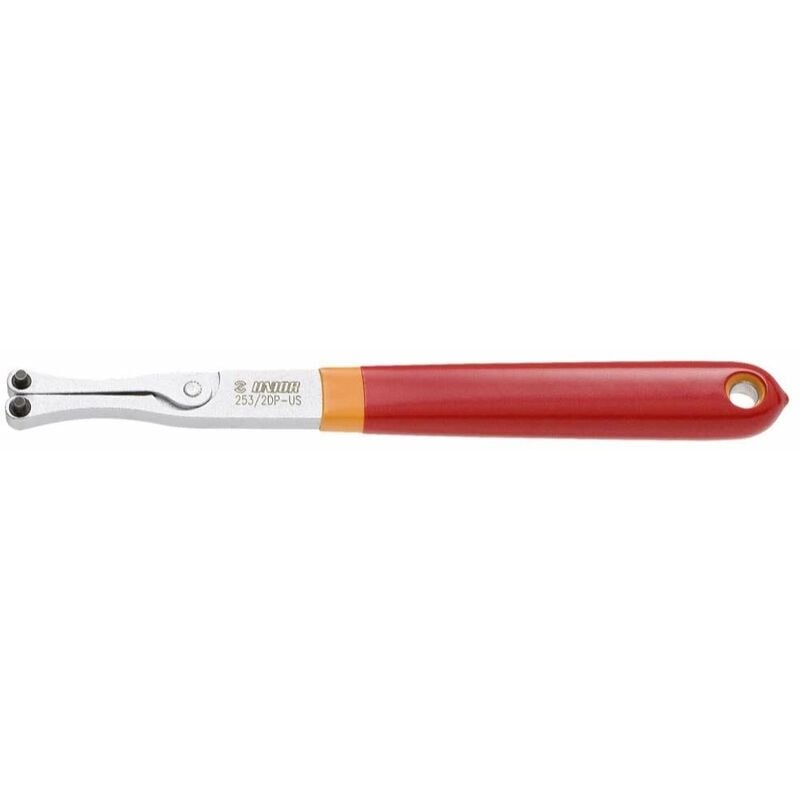

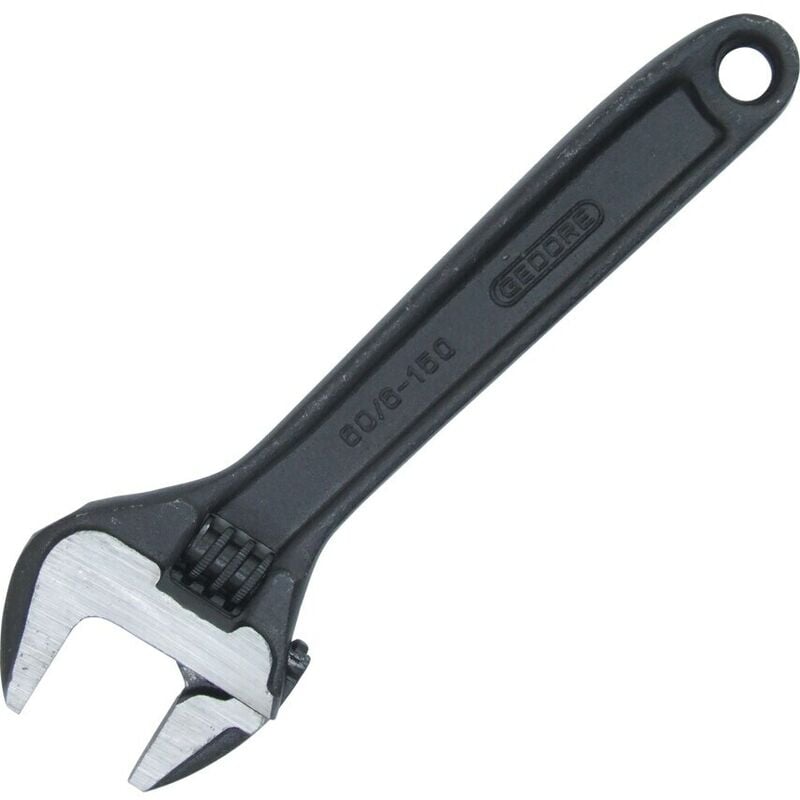
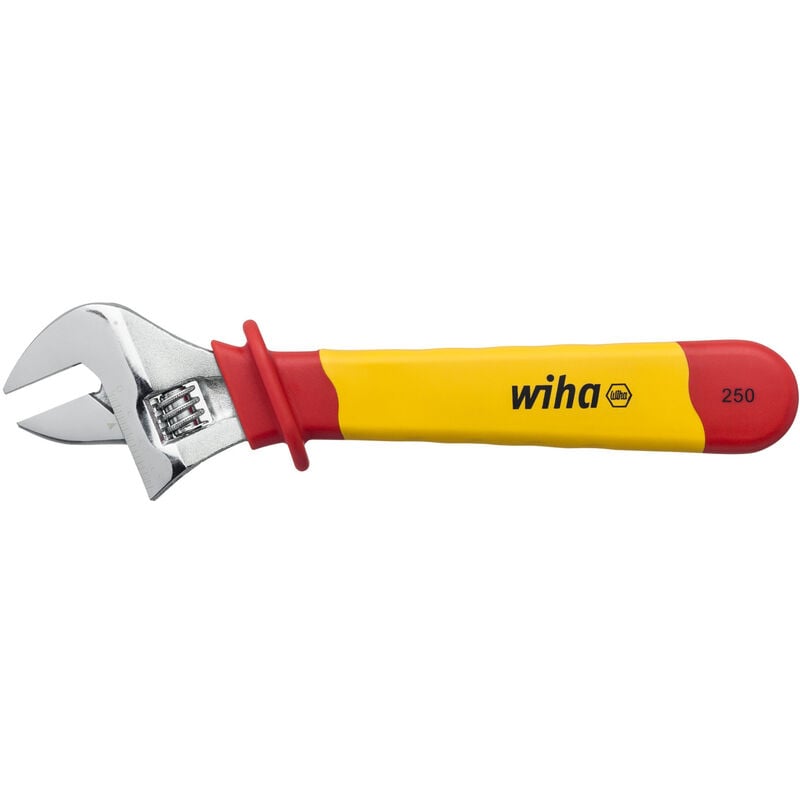
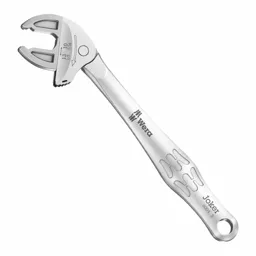
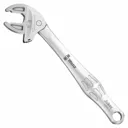
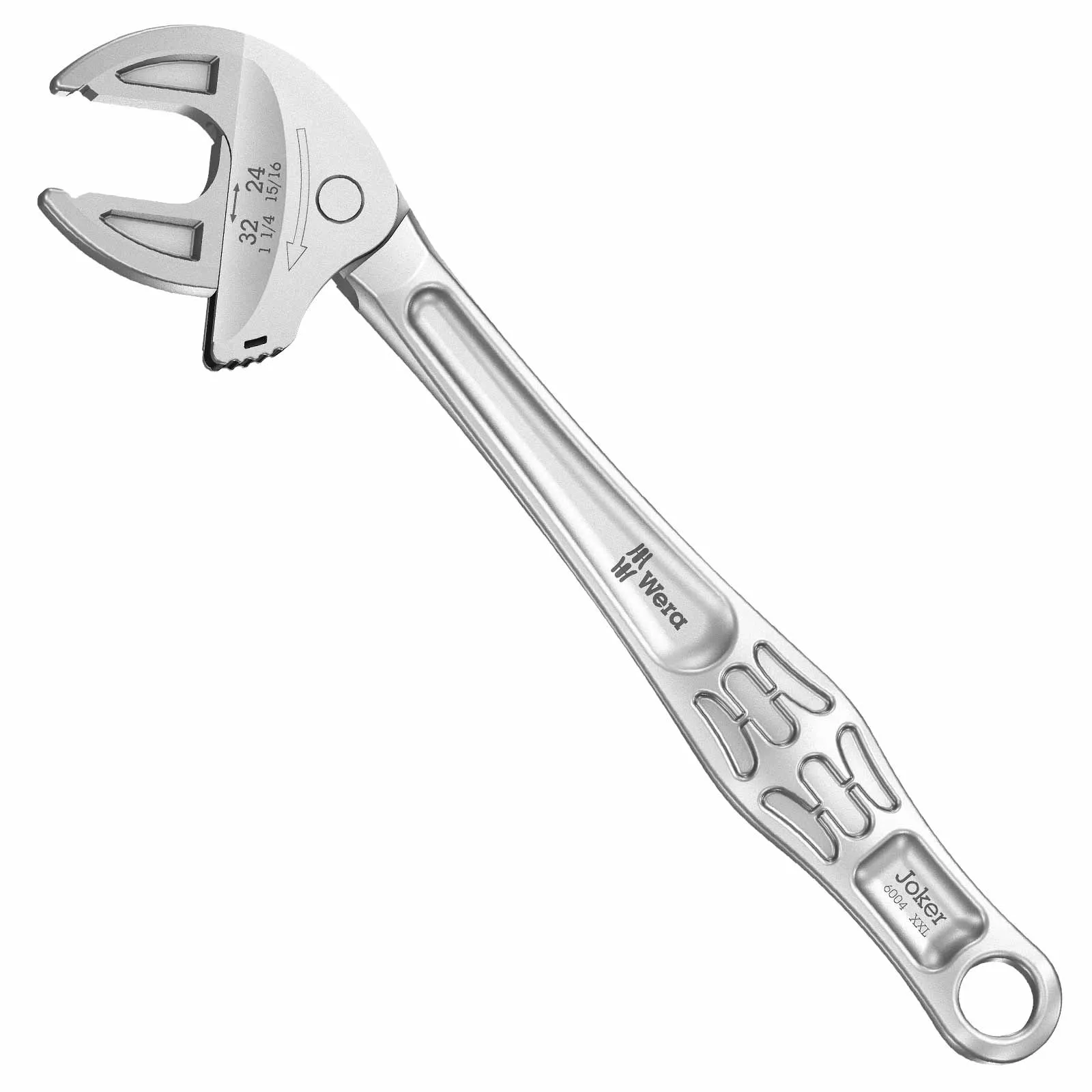
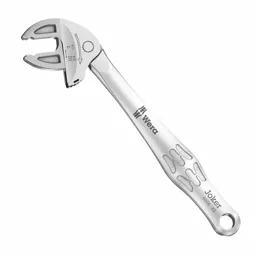
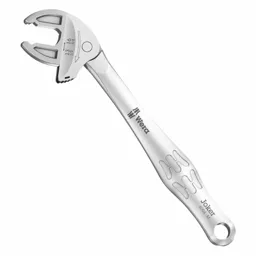
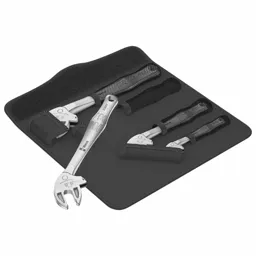
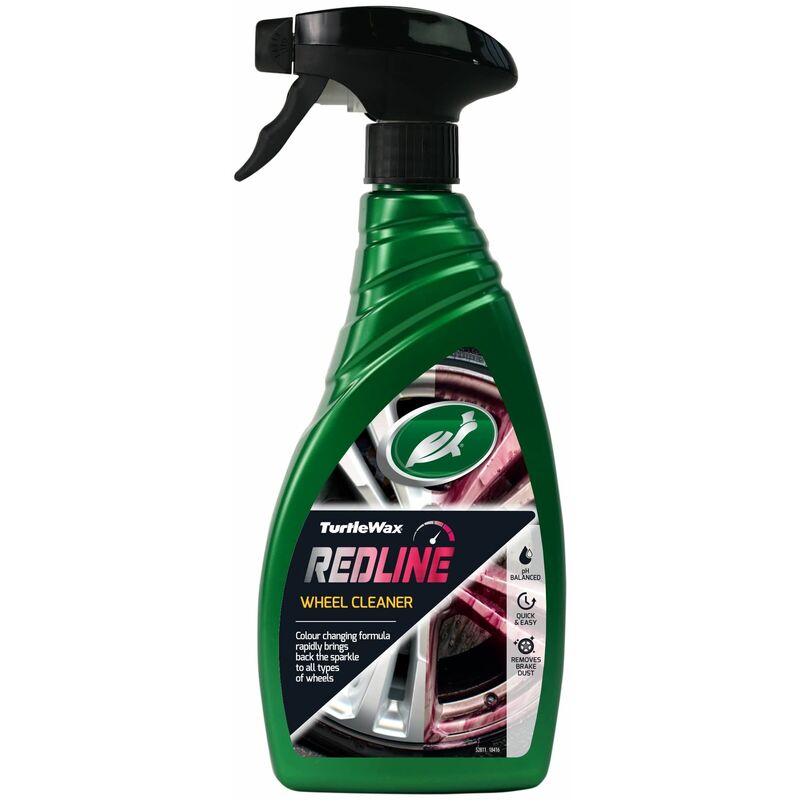
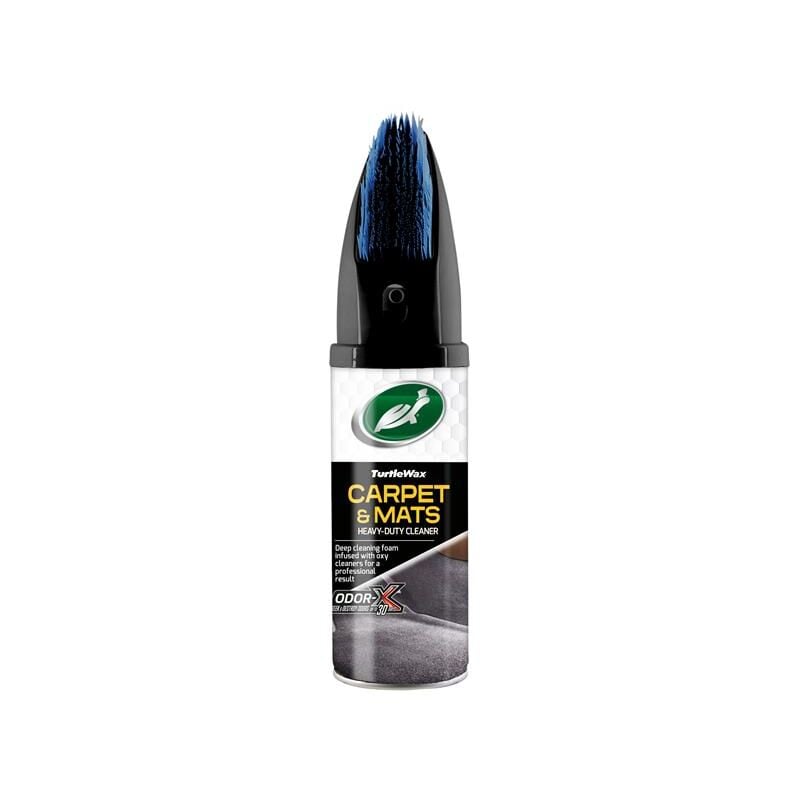
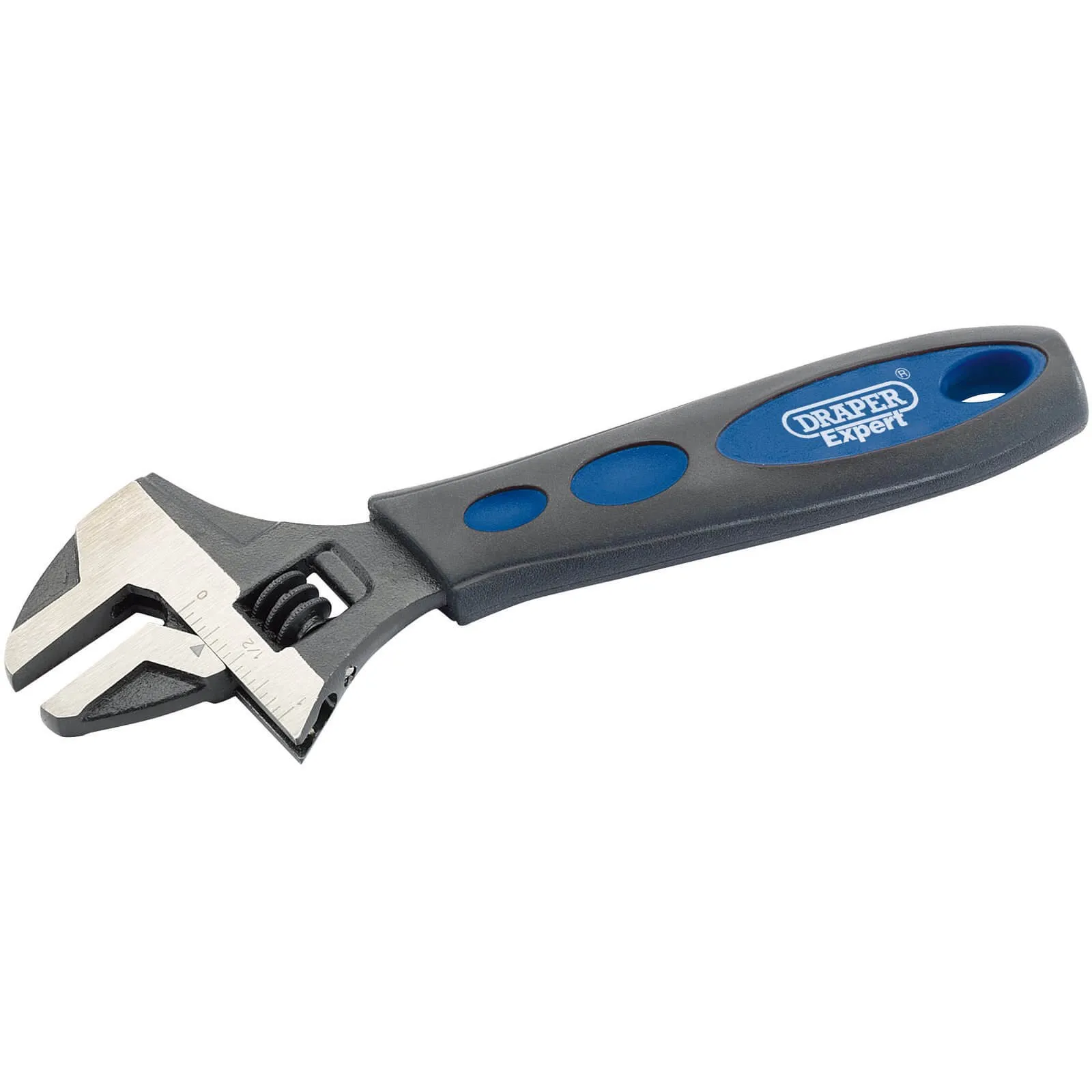
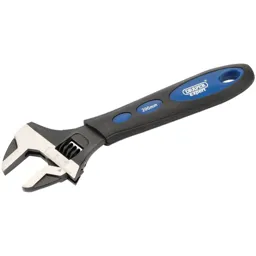
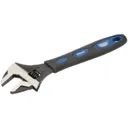
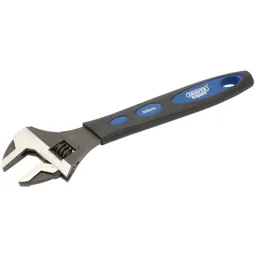
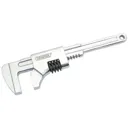
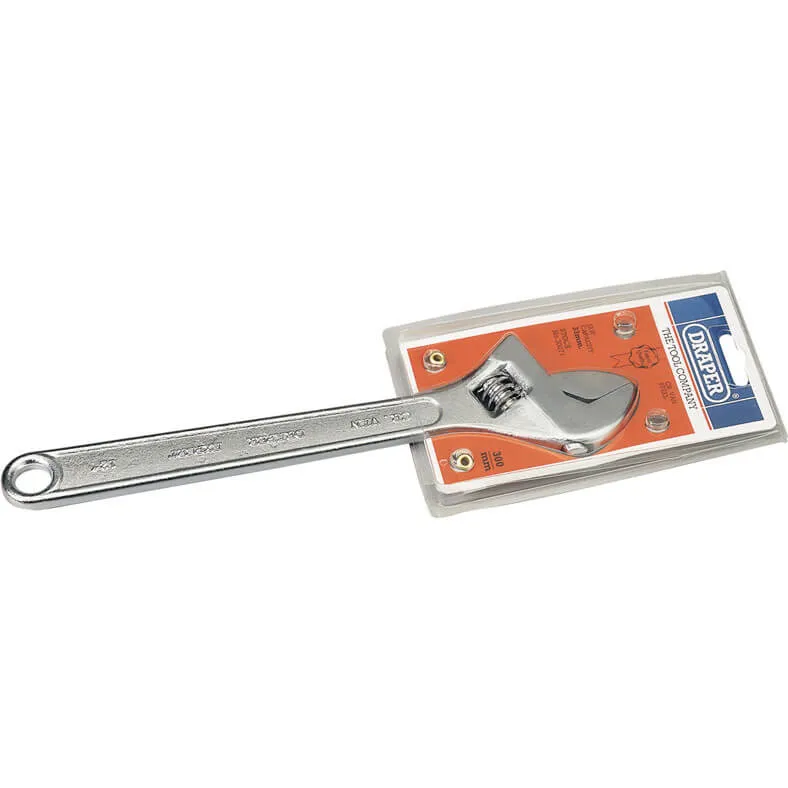
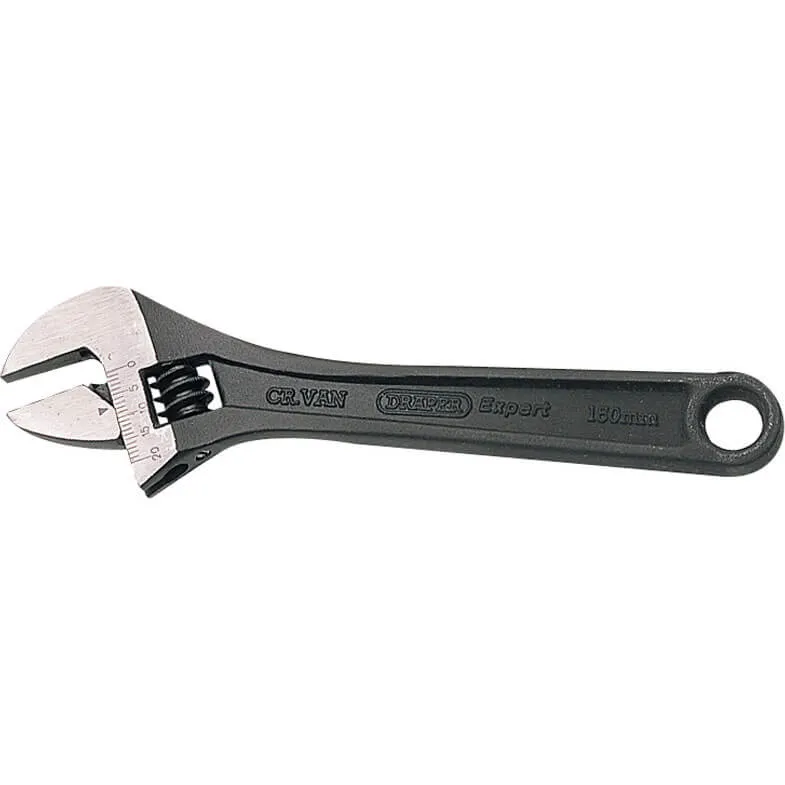
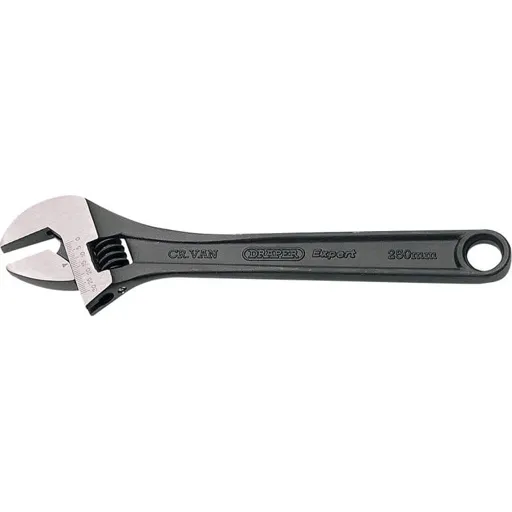
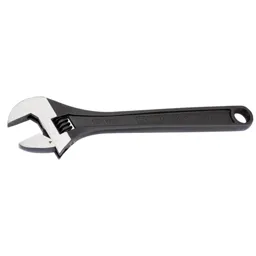
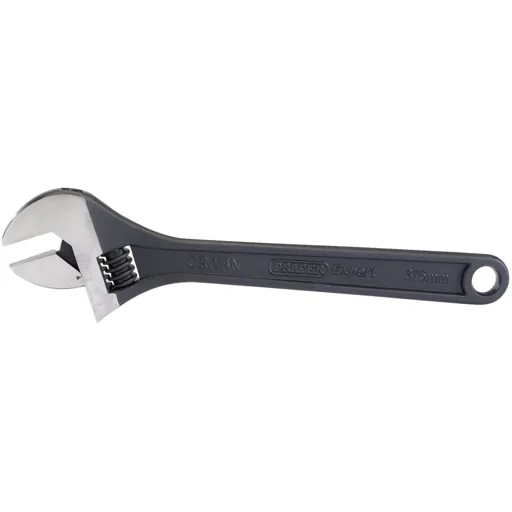
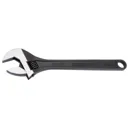
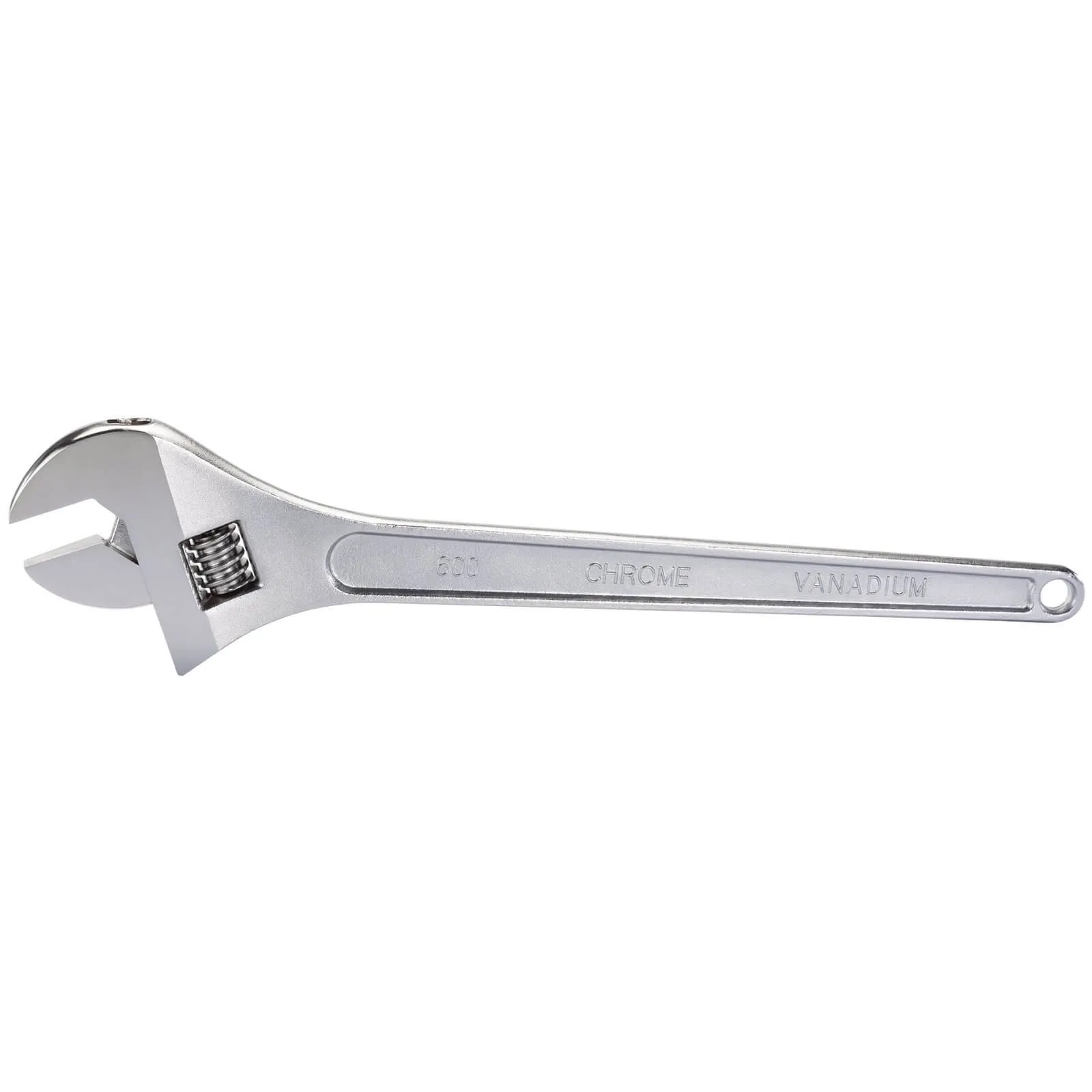
Who Invented the Adjustable Spanner?
The adjustable spanner, often referred to as a crescent wrench in the United States, was invented by the Swedish inventor Johan Petter Johansson. He developed this innovative tool in the late 19th century, receiving his patent in 1892.
Johansson's adjustable spanner revolutionised the way mechanical and construction work was done, as it eliminated the need for multiple fixed-size wrenches and allowed for quick adjustments to fit various nuts and bolts. His design featured a movable jaw with a worm gear mechanism that could be adjusted to grip different sizes of fasteners, making it highly versatile and convenient.
Johansson's invention significantly improved efficiency and flexibility in various industries, from automotive to construction, and it remains a fundamental tool in most toolboxes today. His innovative contribution to the world of tools has had a lasting impact, making him a notable figure in the history of engineering and craftsmanship.
What is an Adjustable Spanner Used For?
An adjustable spanner is a versatile hand tool that tightens nuts, bolts, and other fasteners. Its movable jaw can be adjusted to fit different sizes, eliminating the need for multiple wrenches. It's helpful in various applications, offering convenience and flexibility.
Is an Adjustable Spanner the Same as a Wrench?
An adjustable spanner and a wrench, while similar in function and often used interchangeably, are not precisely the same tool, although they share some standard features and purposes.
- Adjustable Spanner:
- An adjustable spanner, also known as an adjustable wrench or crescent wrench (in the United States), features a movable jaw that can be adjusted using a worm gear mechanism.
- This adjustability allows it to fit various nut or bolt sizes, eliminating the need for multiple fixed-size wrenches.
- Adjustable spanners are versatile tools ideal for various applications where fastener sizes vary or are unknown.
- They provide a secure grip on fasteners, reducing the risk of slipping.
- Adjustable spanners are often more compact and lightweight than traditional fixed-size wrenches, making them convenient for on-the-go tasks.
- Wrench:
- A wrench, known as a spanner in some regions, typically comes in fixed sizes, each designed for specific fastener dimensions.
- Wrenches do not have a movable jaw or an adjustable mechanism, unlike adjustable spanners.
- Wrenches offer a more precise fit for a specific fastener size, ensuring a tight and secure grip.
- They are commonly used when the fastener size is known and a specific torque or force application is required.
- Wrenches may come in various styles, such as open-end, box-end, combination, or socket wrenches, each designed for specific tasks and preferences.
What are the Disadvantages of Adjustable Spanner?
Adjustable spanners, like any tool, have their disadvantages and limitations. Here are some of the critical disadvantages associated with using adjustable spanners:
- Limited Torque Handling: Adjustable spanners may not be as robust as fixed-size wrenches or socket sets when handling high torque. Excessive force can cause the jaws to slip, potentially damaging the fastener or the tool.
- Risk of Slippage: Because adjustable spanners rely on a movable jaw that clamps onto the fastener, there's a risk of slippage, especially when dealing with rounded or damaged nuts and bolts. This can lead to accidents or injuries if not handled carefully.
- Jaw Misalignment: Ensuring the jaws are properly aligned with the fastener is crucial. Adjustable spanners may only provide a secure grip if properly aligned, leading to stripped or damaged fasteners.
- Limited Jaw Capacity: Adjustable spanners offer versatility but have a limited jaw capacity compared to larger fixed-size wrenches or socket sets. This limitation can be a drawback when working with larger fasteners.
- Bulkiness: Adjustable spanners can be bulkier than their fixed-size counterparts, which can be inconvenient when working in tight spaces where manoeuvrability is essential.
- Complexity: Some users may find adjusting adjustable spanners more complex or time-consuming than using a fixed-size wrench.
- Durability: Depending on the quality and construction of the adjustable spanner, it may not be as durable as high-quality fixed-size wrenches, and the movable parts may wear out over time.
Specialised Tasks: Adjustable spanners may not be the ideal choice for tasks requiring precise torque settings. In such cases, torque wrenches with specific torque settings are recommended.